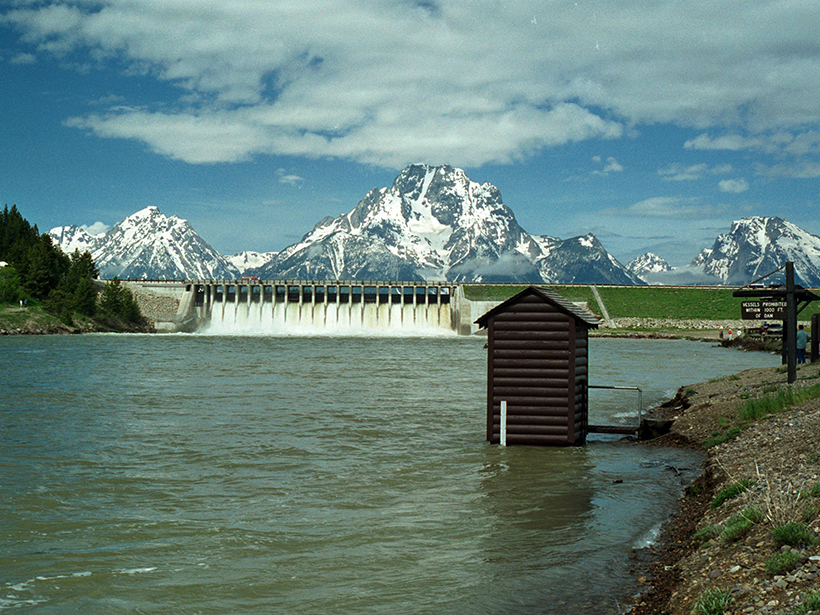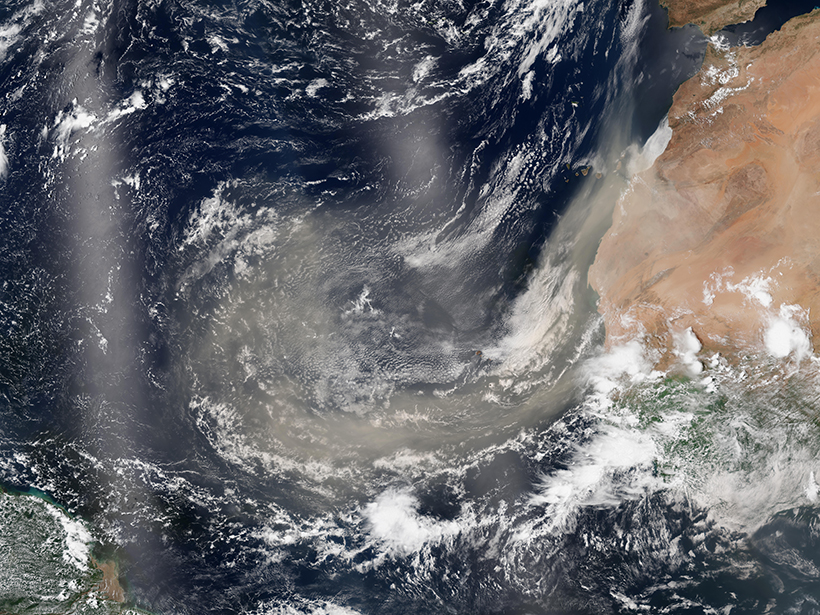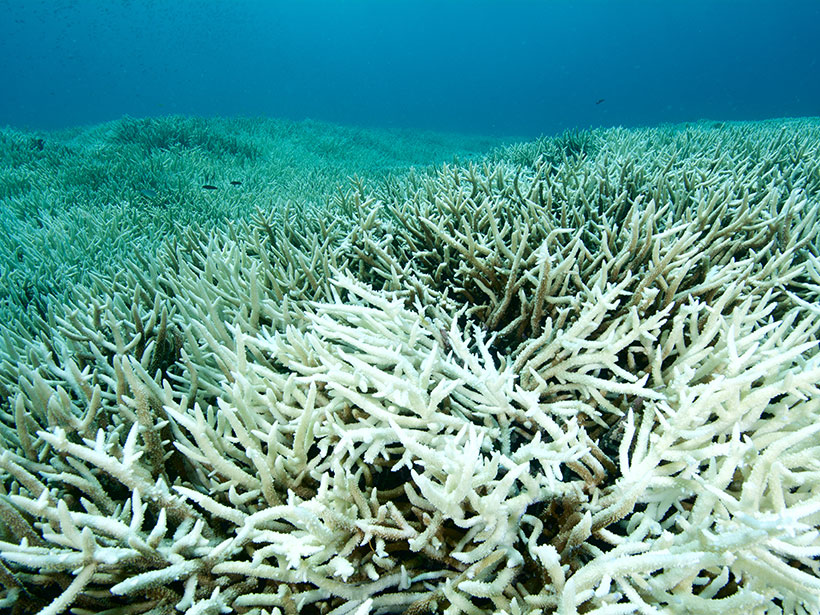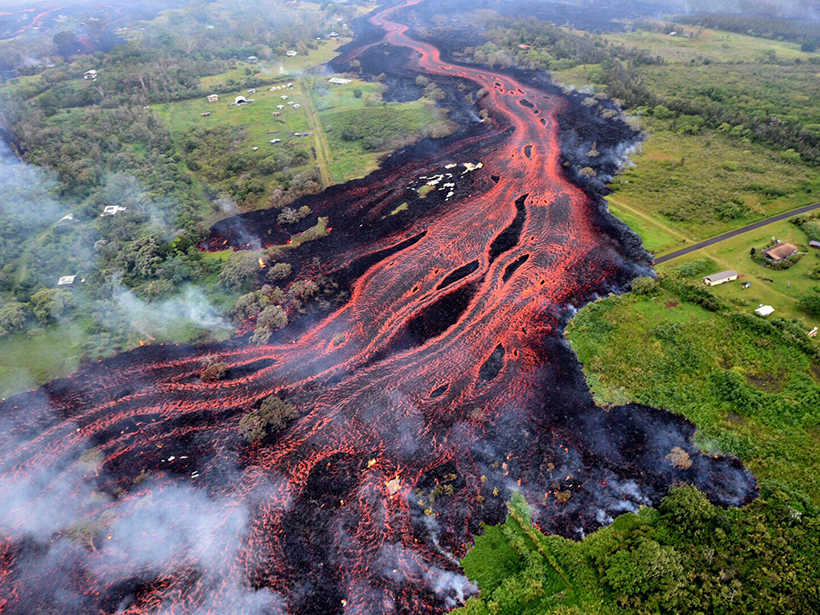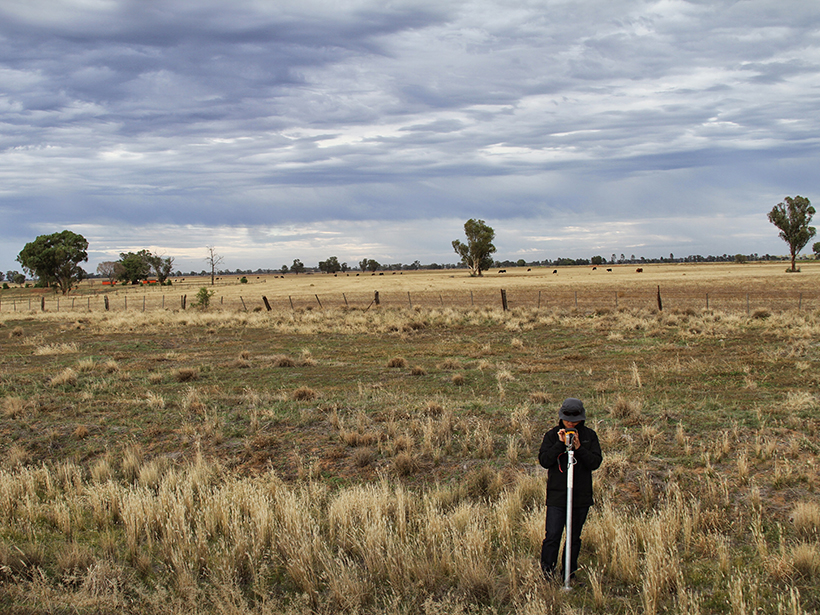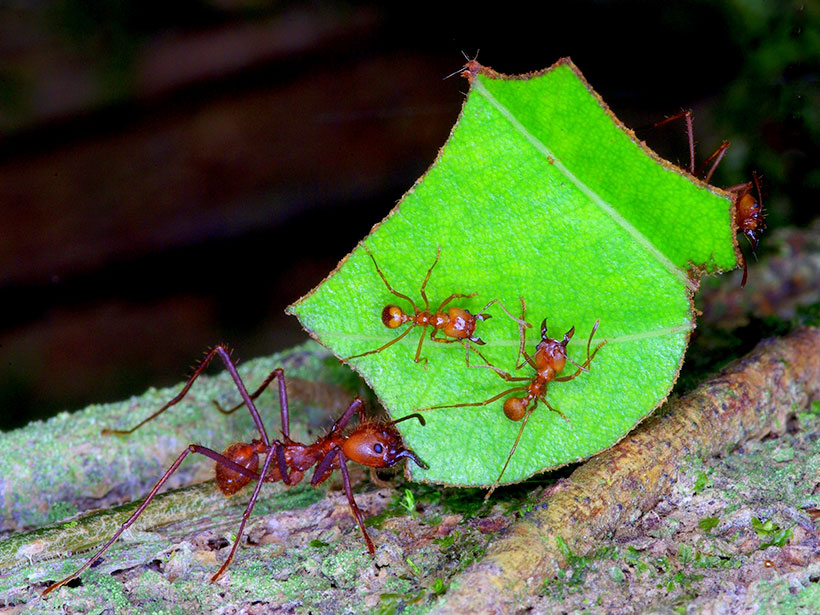Different nucleation styles detected in five slow-slip events in the same area of Japan’s Ryukyu subduction zone suggest the physical properties along this tectonic plate interface change over time.
Research Spotlights
Research spotlights are plain-language summaries of recent articles published in AGU’s suite of 24 journals.
Exploring Uncertainty in Streamflow Estimates
A review of streamflow uncertainty estimation methods reveals that one method does not fit all situations and provides recommendations for how to improve streamflow estimates.
New Analysis Provides a Fresh View of the Atmosphere on Venus
Researchers apply a radio holographic method to standard Venusian atmospheric data, resulting in outputs with finer vertical resolution and revealing small-scale atmospheric structures.
A Novel Approach Reveals Element Cycles in the Ocean
Dissolved thorium isotopes light the way to a more thorough understanding of how different elements enter marine environments—and how long they stay there.
How Ningaloo Niño Supercharges the El Niño–Southern Oscillation
The warm current cools the tropical Pacific and strengthens trade winds.
A New Tool for Studying Volcanic Eruptions Like Kīlauea
A new study sheds light on how magma erodes the conduit it flows through.
New Real-Time Model May Protect Astronauts from Space Radiation
Solar energetic particle events pose an acute risk to space travelers outside the protection of Earth’s magnetic field. A new initiative aims to quantify the danger.
Evaluating the Efficiency of Data Assimilation
Information is lost when researchers combine statistical models and remote sensing data, but just how much is often unclear. A new study offers a framework to measure the inefficiency.
How Do Turbidity Currents Accelerate?
Flume experiments show that a self-reinforcing cycle can strengthen the currents responsible for transporting large amounts of sediment to the deep oceans.
Leaf-Cutter Ants Boost Carbon Dioxide Emissions from Soil
Leaf-cutter ant nest openings emit up to 100,000 times more carbon dioxide than surrounding soil, a new study shows.


